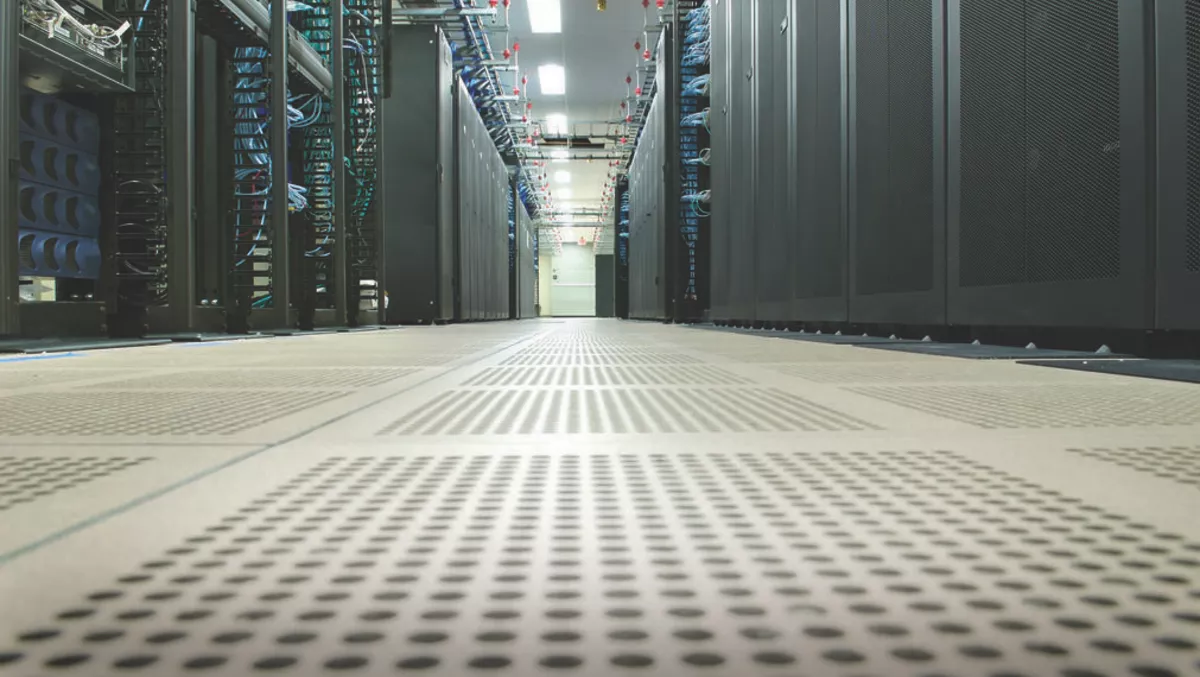
For the data center industry, virtualisation lowers facility costs, simplifies administration, decreases asset management requirements and largely, improves energy efficiency.
At a time of rising energy costs, and continual pressure for managers to increase data center sophistication, virtualisation can improve the overall data center performance and reliability.
In our experience, many IT and data center managers only consider two layers to their data center virtualisation strategy, IT infrastructure (servers, network and storage), and software.
Often neglected is the third layer - the impact virtualisation can have on data center physical infrastructure or DCPI.
Addressing data center physical infrastructure including cooling, monitoring and power is vital in optimising virtualisation performance and facing many of the challenges virtualisation can bring.
Overlooking the holistic impact of virtualisation can result in compromised availability and often a loss in funds.
The challenges to the virtualised data center
Heat removal is an immediate challenge in data center virtualisation. Virtualisation by its very nature drives larger capacity for data storage and helps data centers achieve higher utilisation rates. As a result, hosts draw more power and create more heat.
Managers also need to consider that when there is a reduction in IT load, with no change in the DCPI, data center Power Utilisation Effectiveness (PUE) will worsen, despite energy use decreasing. This is because although virtualisation increases the IT efficiency, it decreases the electrical efficiency of the overall system and causes excessive ongoing electrical consumption.
Most users often forget that there are fixed losses in the power and cooling systems that exist whether the IT load is present or not, and that these losses are proportional to the overall power rating of the system. These fixed losses are the dominant form of data center physical infrastructure electrical consumption in most installations.
Virtualisation can also cause IT loads to vary in location and time. One of the advantages of virtualisation is the ability to move load when needed, however shifting virtual loads combined with high density can increase the risk of downtime and unused or stranded capacity.
The solution
Data Center Infrastructure Management (DCIM) software provides a complete picture of the health of a data center and is designed to identify and resolve virtualisation issues. It increases understanding of capacity and utilisation in the environment through monitoring and controlling DCPI in real-time based on changing loads.
DCIM can also help identify unused or stranded capacity by coordinating assets more efficiently and conducting predictive analysis of what will happen to the physical infrastructure before loads are moved.
Modular, scalable power and cooling solutions can also enable right-sizing to match the data center's consolidated or growing IT loads. Close-coupled cooling also adjusts to migrating IT loads in real time.
In 2013, we saw many businesses taking on server virtualisation and data center management. In 2014, with energy usage and costs continuing to rise, we expect to see businesses moving towards a more holistic and end-to-end approach to data center strategy.
Having a comprehensive energy management program such as DCIM will work to reduce increased energy cost and drive improved ROI.
By Adam Wilkinson, country segment manager, Schneider Electric, IT Business